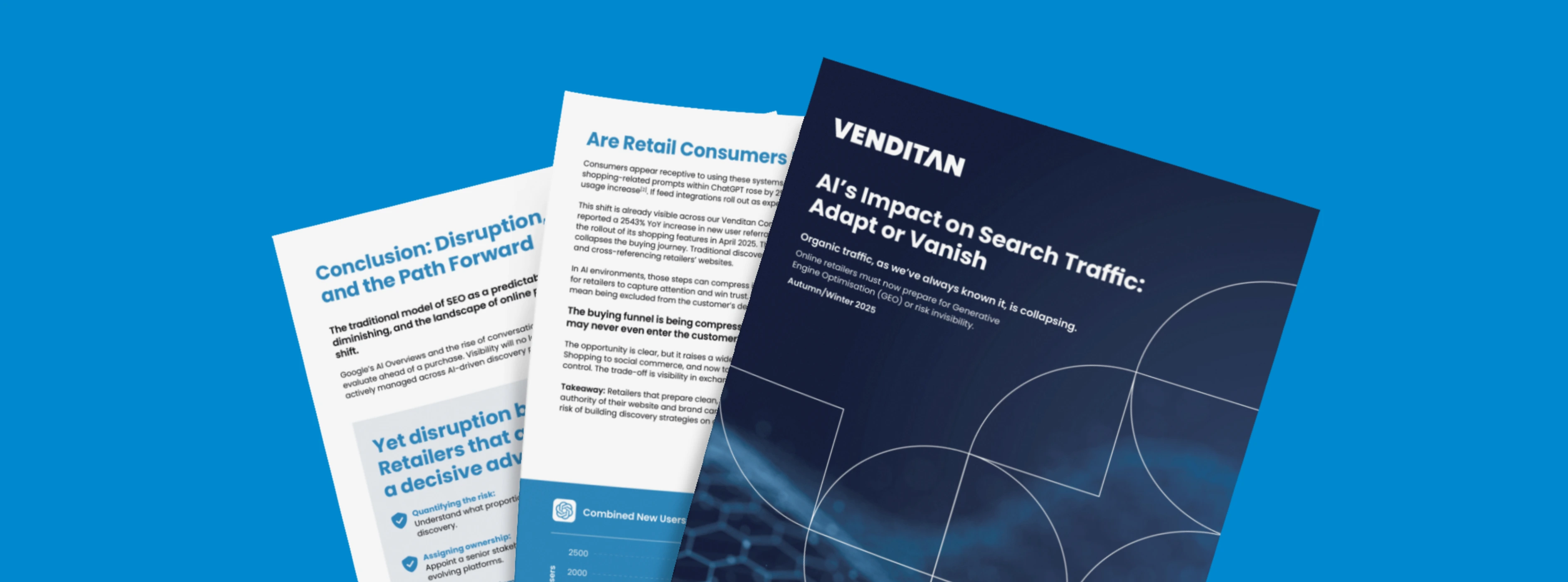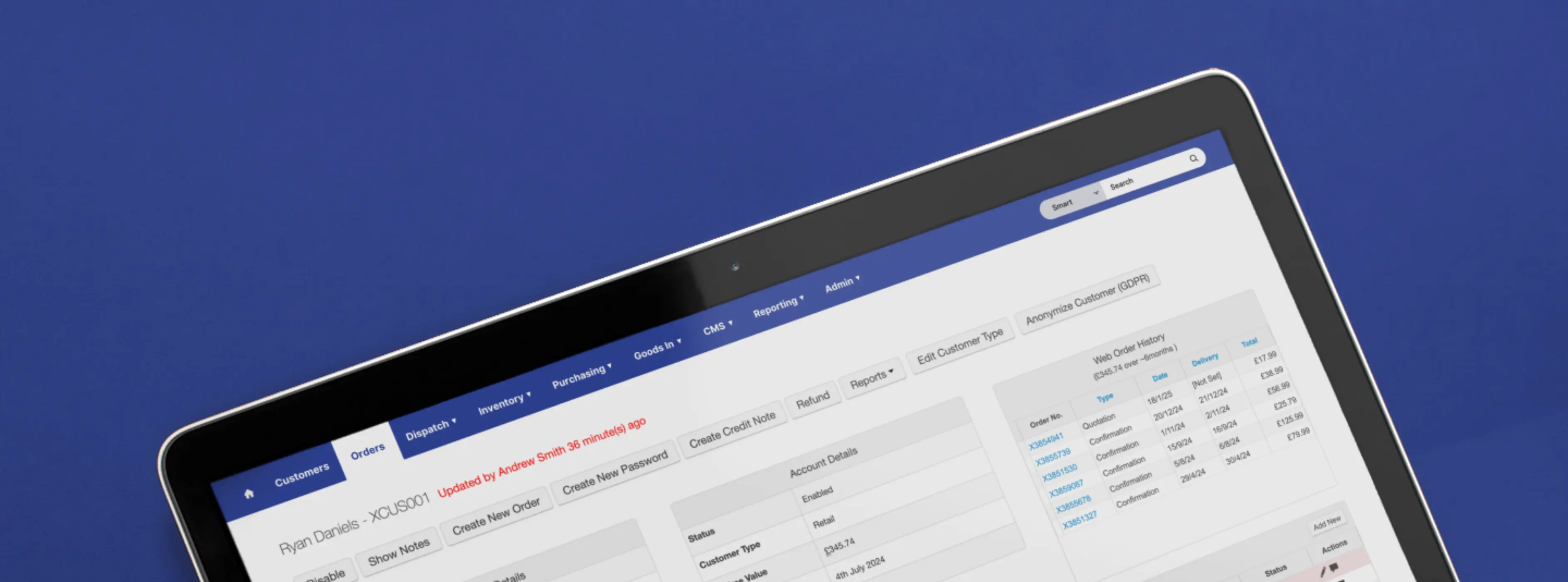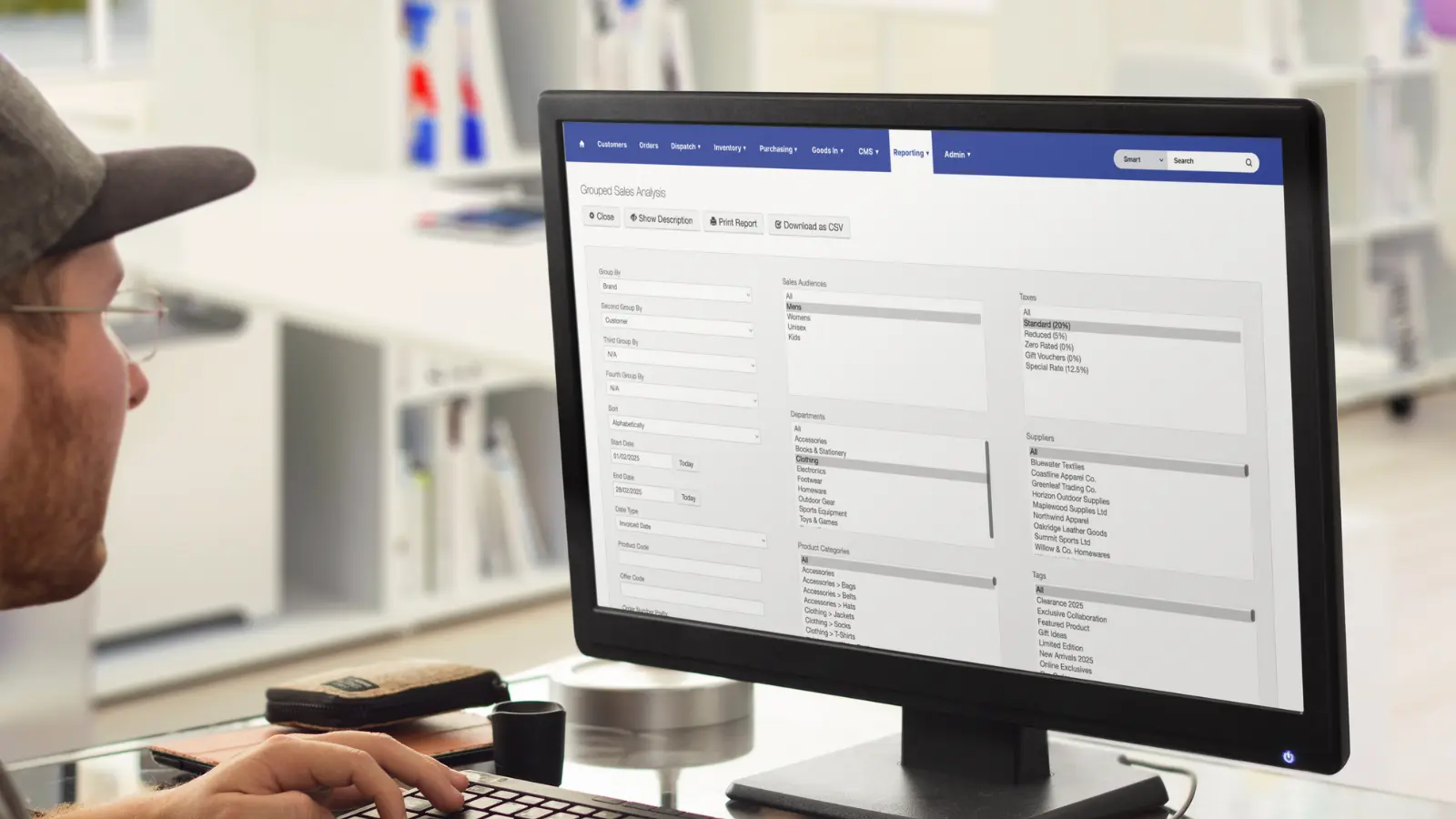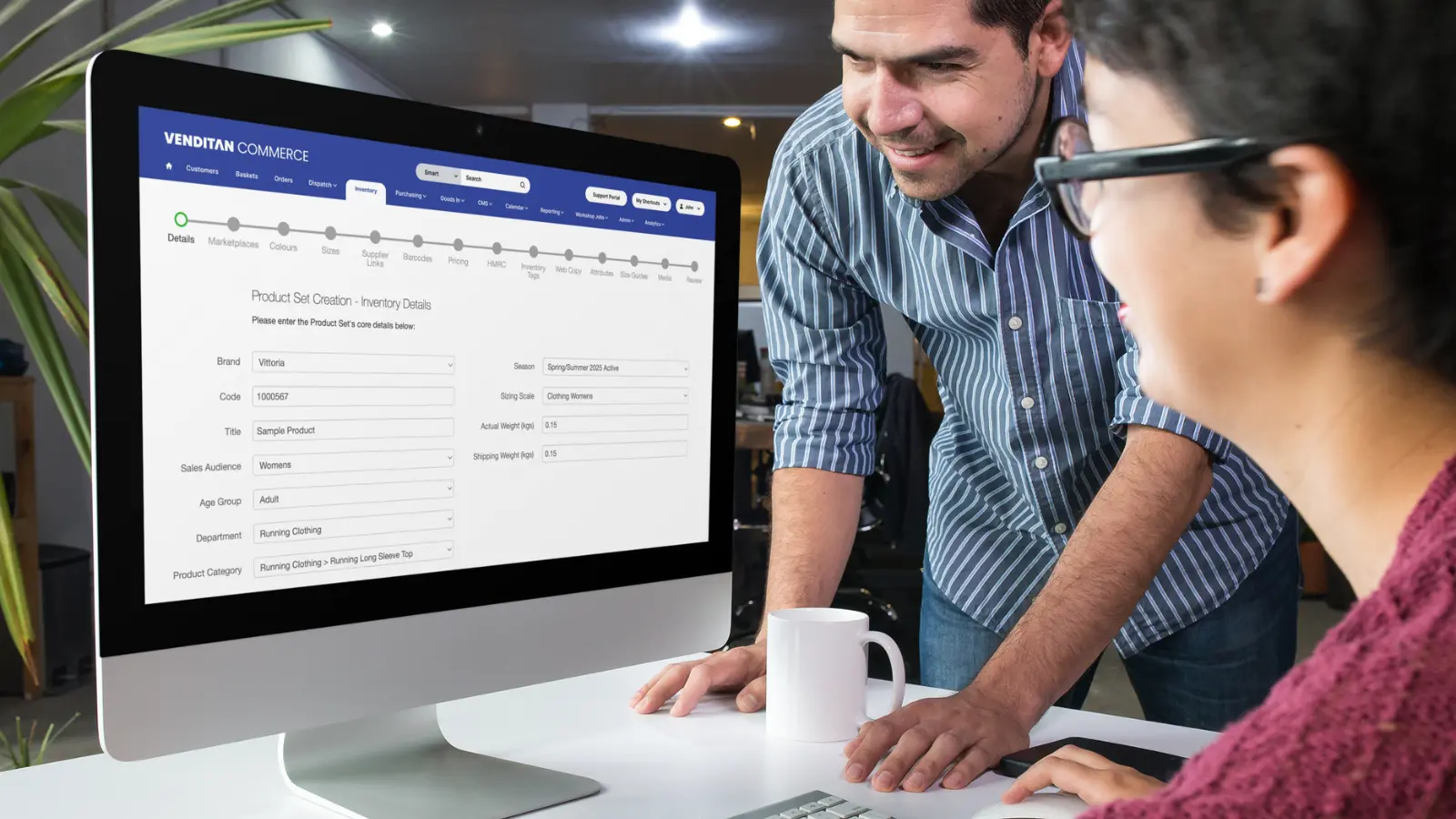Running a business involves countless tasks, and manually creating purchase orders can often be one of the most time-consuming.
The manual approach can be tedious and prone to errors, from tracking stock levels to deciding when to reorder. Fortunately, automation offers a way to efficiently handle these repetitive tasks.
Our platform is designed to take the complexity out of managing your inventory and supplier relationships.
By utilising our supplier management, product linking, and stock-level configuration features, you can automate the creation of purchase orders.
This allows you to focus on other critical aspects of your business, confident that your stock levels are being managed efficiently.
In our platform, purchase order automation is driven by three core features and systems.
Step 1: Manage your suppliers through the platform
Our platform is a central repository where all essential information about your suppliers can be stored and accessed.
From an automation perspective, the most important information is:
- Contact Information: The supplier’s telephone, email and website addresses.
- Contact Points: Set up multiple contacts for the supplier.
- Payment Terms: The payment schedule you need to adhere to with the supplier.
- Default Days to Deliver: A default lead time for orders placed with the supplier.
- Credit Limit: The maximum amount of credit that can be extended to you by the supplier.
This data feeds into several automation features and efficiencies which we will discuss throughout the article.
To take full advantage of automation, you might want to explore integrating your supplier's data directly into our platform.
Depending on the supplier’s capabilities, and how deep you need the integration to be, this can be done in several ways: manual upload, FTP transfer, API connection or even via a URL.
Supplier integrations can provide real-time access to your supplier's stock data and lead times, facilitating more informed purchase order creation.
By effectively managing your suppliers in the platform, you lay the groundwork for automating purchase orders.
You’ll have all the necessary information at your fingertips, and ourplatform will have the data it needs to understand your supplier network.

Step 2: Link suppliers to products with Supplier Links
Once your suppliers are set up, the next step is to link them to the products in your inventory.
This is where our Supplier Links feature comes into play.
With Supplier Links, you can define which suppliers you use for each product in your inventory. You can link multiple suppliers to a product and set a Primary Supplier for convenience.
Critically, for each supplier-product relationship, you also specify the Cost Price and Lead Time.
This mapping process gives you a clear overview of your supply chain and provides the data required for the platform to make automated decisions on purchase orders.
For instance, when stock levels fall below a certain threshold (more on this in the next step), the platform will know which supplier to order from, at what price, and how long it should take for you to receive the delivery.
The result is a detailed map of supplier-product relationships that is essential for automated purchase orders.

Step 3: Set Minimum, Maximum and Ideal stock levels
The final step is to define Minimum, Maximum, and Ideal stock levels for your products:
- Minimum Stock Level (Min): The minimum quantity of stock that should be maintained for the product.
- Maximum Stock Level (Max): The maximum quantity of stock that can be held.
- Ideal Stock Level (Ideal): The optimum stock level for each product. This target helps maintain a balanced inventory, ensuring you have enough stock to meet demand without overstocking. Use of this setting is optional.
If you hold the same product across multiple warehouses or stores, these levels can be controlled for each location. This allows for tailored stock management that meets the specific needs of each site.
You can set these levels manually or automate them based on current and seasonal sales data. If you choose to automate, the system will monitor your sales patterns and adjust stock level settings dynamically.
This is especially helpful for businesses that experience seasonal fluctuations, varying demand trends or simply have to replenish a large amount of inventory frequently.
You can also incorporate other datasets to refine your stock level settings, making the automation more responsive to changes in your business environment.

Automating your purchase orders
With your supplier data, product links, and stock levels settings in place, the next step is to activate the automation of purchase order creation within the platform.
Running to a set schedule, the platform will automatically generate new purchase orders by monitoring your stock levels and identifying when a product falls below its Ideal or Min stock level. It also uses your Max to avoid overstocking.
Once the need for a purchase order is detected, the platform generates the order automatically.
It takes into account all the critical information: which supplier to use, the cost price of the items, and any credit limits you have in place.
Automated purchase orders are created by supplier, and by location if you operate multiple stock locations.
This automated process frees up your time and reduces the risk of stockouts or overordering. However, automation doesn’t mean you lose control over the process.
The platform is designed to support your business, making your procurement tasks more manageable while still allowing you to review and approve the orders generated.
Reviewing and approving purchase orders
While the platform is capable of generating purchase orders automatically, it’s essential to review these orders before they are sent to suppliers.
Our platform includes a review area where you can check, adjust, and approve the automated purchase orders.
During the review process, you can modify quantities, add or remove products from the order, and make any necessary changes before finalising it.
If the total order amount exceeds your credit limit with a supplier, the platform will alert you, allowing you to take appropriate action.
For businesses with more complex procurement workflows, we can incorporate approval processes based on user permissions.
For example, if a purchase order needs to be approved by both the procurement team and finance, the platform can be configured to manage that workflow efficiently.
Once the purchase order has been reviewed and approved, you can place the order directly through the platform.
If we have integrated with your supplier, the order can be sent to them automatically. If not, it can be sent to the email address stored in their information, or exported for manual sending if preferred.
Final thoughts
We hope this serves as a clear and informative overview of the purchase order automation capabilities within Venditan Commerce.
If you’re interested in learning more about how Venditan Commerce can help you automate purchase orders, don’t hesitate to contact us.
For existing clients, these powerful features are already at your fingertips—let’s discuss how you can make the most of them.
Our recent posts
Keep up to date with the latest news and insight from the team at Venditan





.webp)




